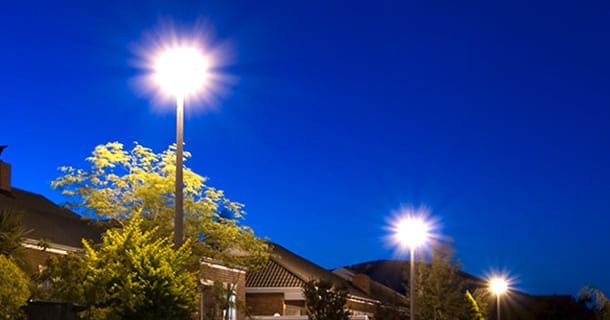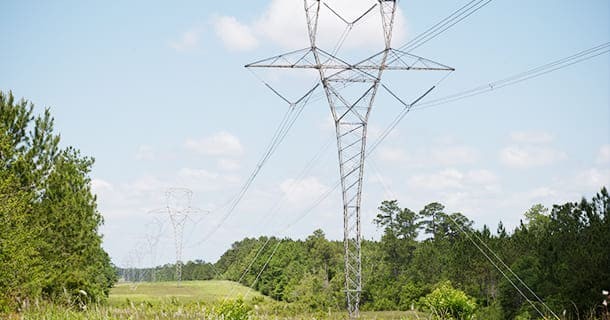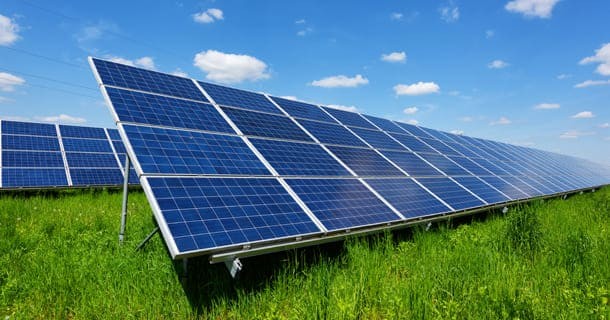Billing Questions
Learn some of the most common causes of unexpected changes to your electric bill.
Usage Spikes
Energy that gradually flows into your facility costs less than a sudden demand for energy; this is why a sudden spike in energy use can bump you in a different rate category.
Demand
Demand represents the greatest amount of energy used in 15- or 30-minute intervals during a billing cycle. Commercial and industrial customers are often billed for their hourly consumption patterns and their peak demand for energy. These customers often have special meters that measure both and record the highest 15 or 30-minute level of electricity demand for each billing period, unlike residential meters that just record total consumption in a time period, usually one month.
Example:
Two customers use the same amount of kilowatts hours - 20,000 kWh - over the course of a month. The first customer uses energy uniformly over a 30-day period while the second customer uses much of the 20,000 kWh in bursts over a few hours per day or a few days of the month. Even though both customers used the same amount of electricity, the second customer would be charged more for placing greater demand on the system during short periods of time when the electrical use peaked.
Through the demand charge, each business pays its share of the utility's investment in generation, transmission and distribution equipment standing by to serve. This is called cost of readiness.
High demand is usually associated with equipment start-up, which requires higher energy use than routine operations.
Here is an automobile analogy that may help to explain how demand and consumption relate. The car's speedometer is like the demand meter and the odometer is like a consumption meter. Two cars could travel the same 100-mile road, one at 10 miles per hour for 10 hours and the other at 100 miles per hour for one hour. It takes a much more capable and expensive engine to power the car at 100 miles per hour than it does to power the one going only 10 miles per hour.
Weather
Extreme heat or cold temperatures are the most common cause of high bills. We recommend keeping your thermostat set to 68°F in the winter and 78°F in the summer. Keep in mind, in the extremely cold winter months and the summer heat, it takes more energy to keep your business at a comfortable temperature. You can't control the weather, but you can control your thermostat, which has a big effect on your bill.
Faulty Appliances
A faulty appliance, like a leaky water heater, can lead to a surprisingly high power bill. We recommend having a licensed contractor perform a pre-season checkup of your cooling system in the spring and heating system in the fall to ensure all parts are working properly and avoid early system failure.
Fuel Cost
The actual price of electricity increases or decreases due to fuel rates. The cost of fuel is a direct pass-through to customers. Review our rate schedule.
Longer Billing Cycle
Like on a calendar, not all billing months are the same amount of days. Some will have more billing days than average in the billing period. Refer to the "Service Period" on your bill for the length of the billing cycle. Log in to your account to view your most recent bill.
Unpaid Balance
Your bill included an unpaid balance due from a previous month or another related account within Mississippi Power. Log in to your account to view your payment history.



